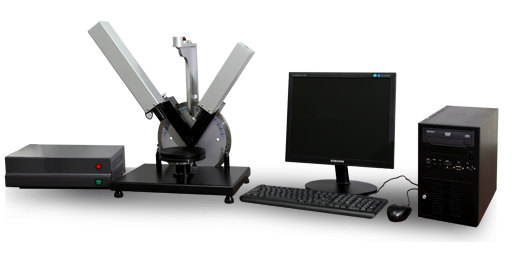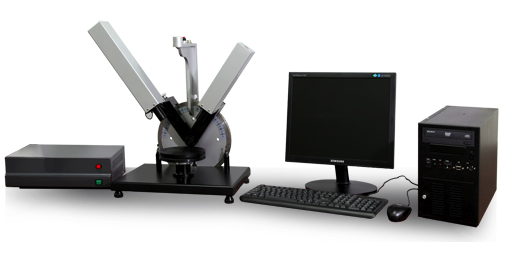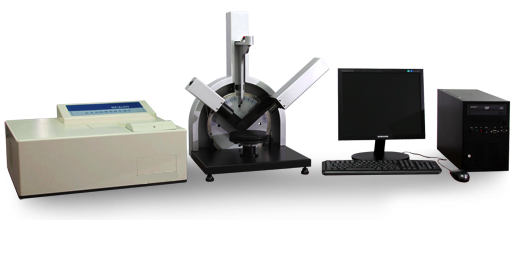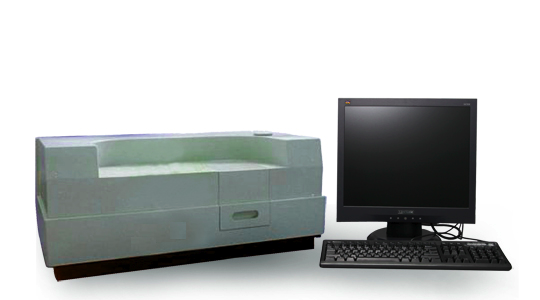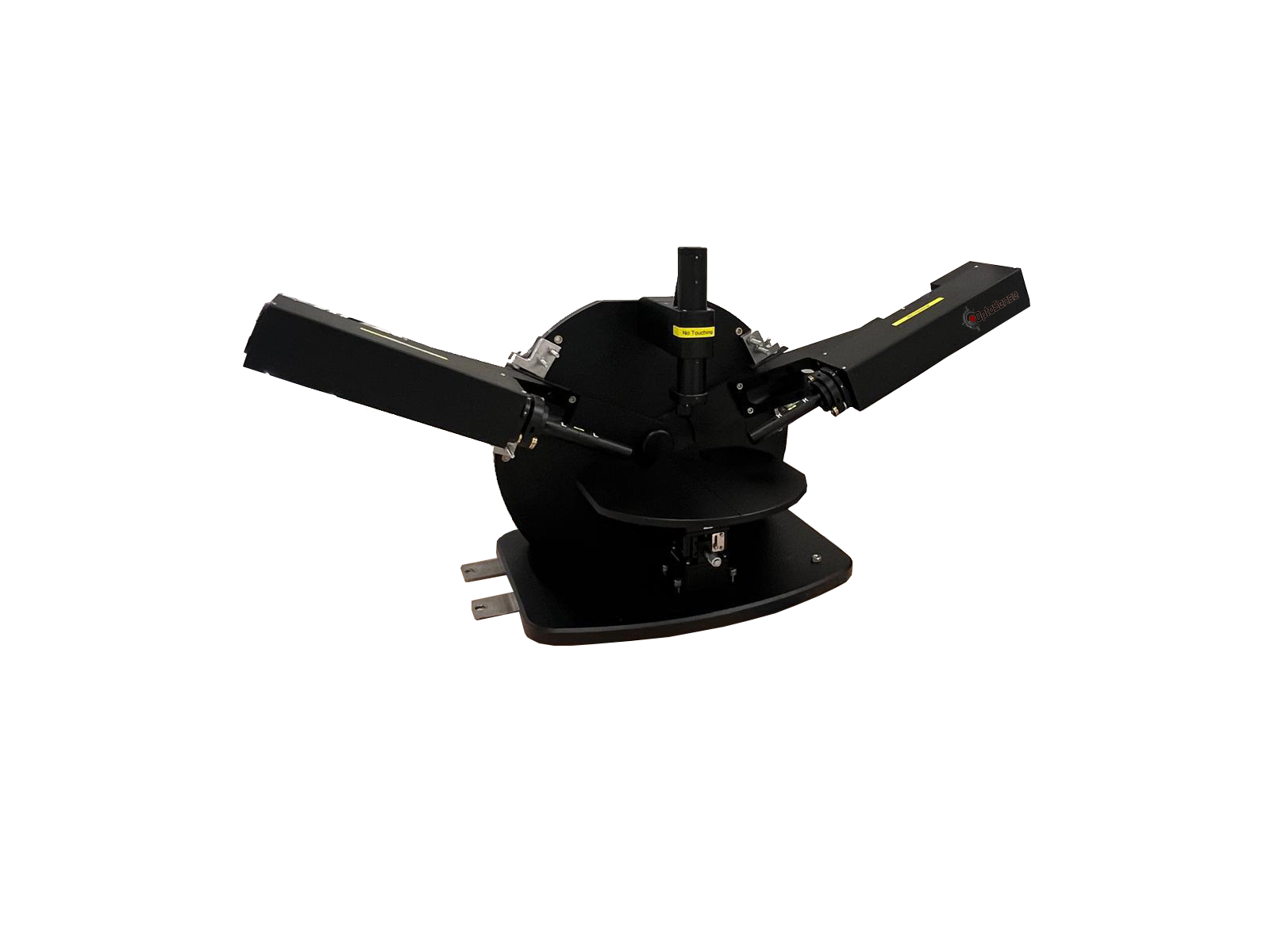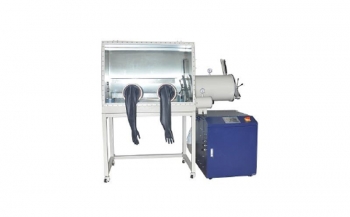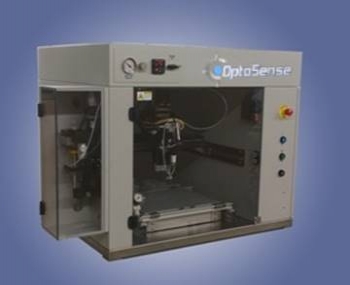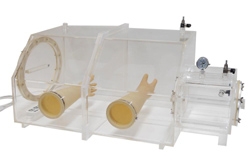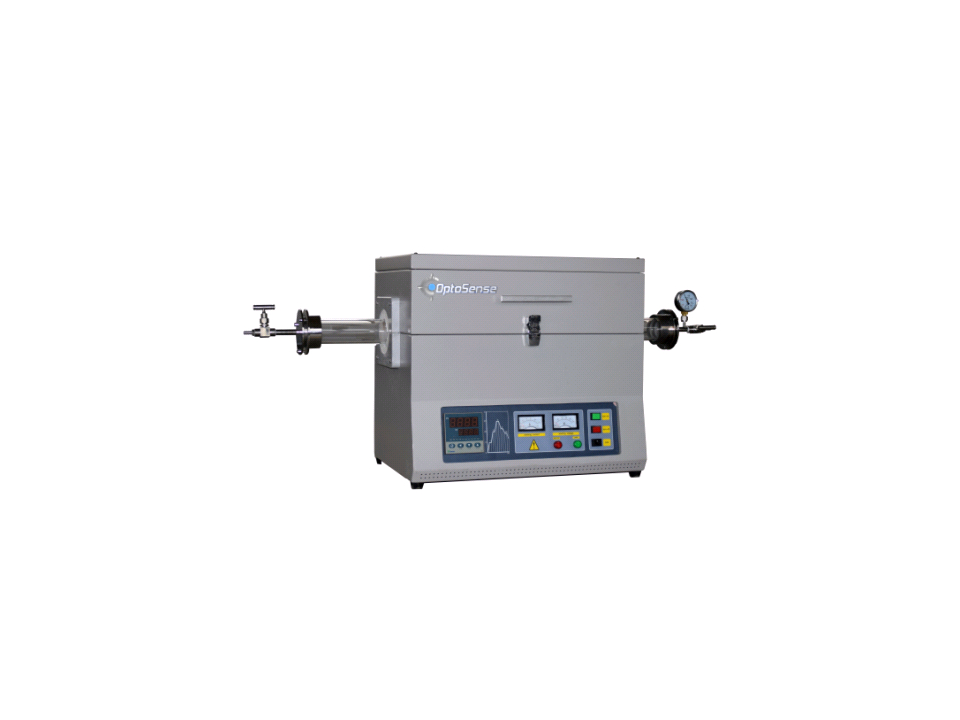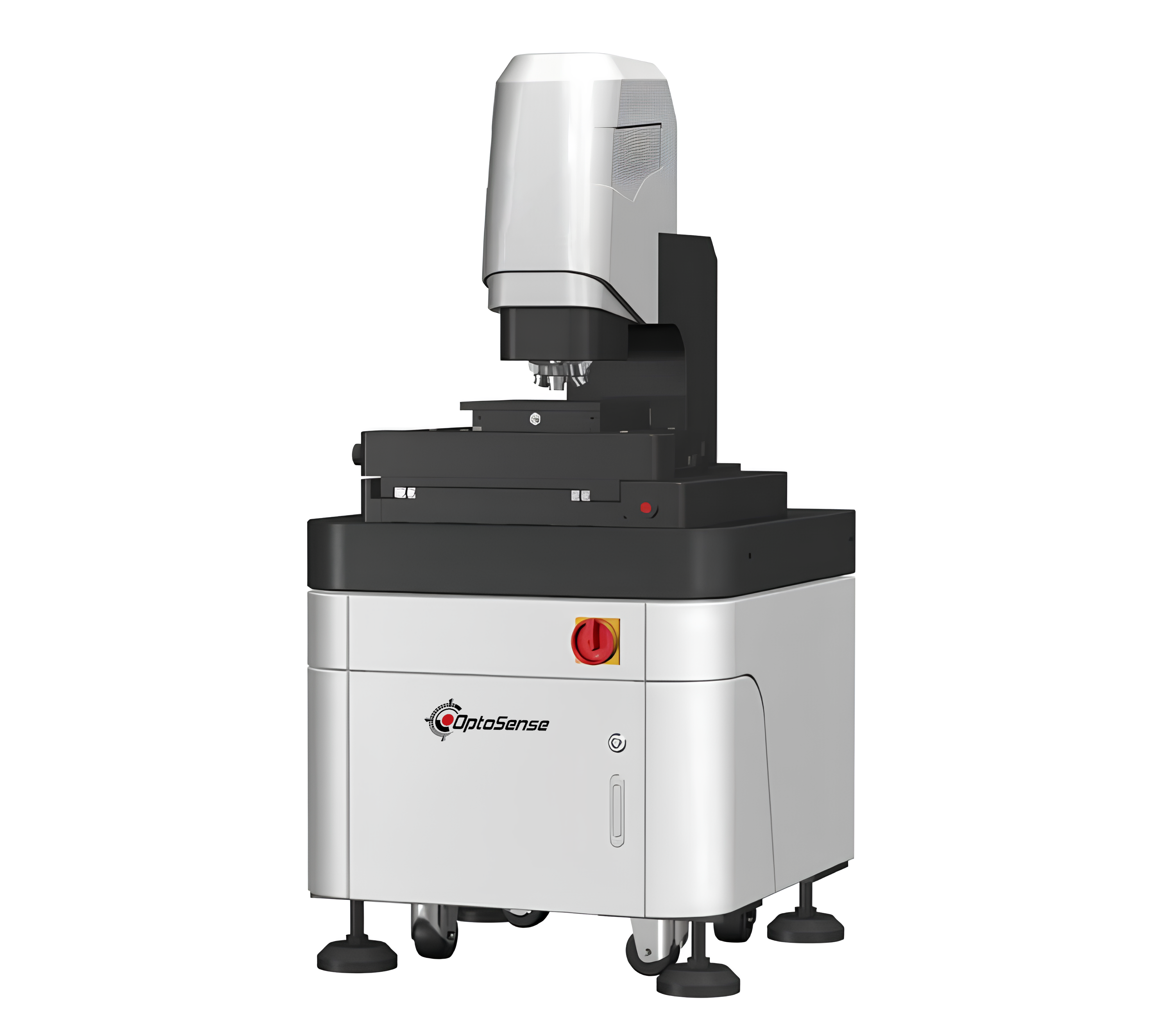
- RESEARCHES
Ellipsometry
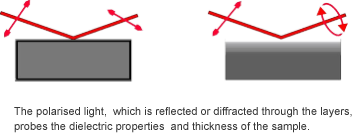
History:
Technological developments, which have started with polarized light, are continued by Frensnel’s techniques over 19th century and resulted with formation of ellipsometer.
Physicochemical properties of surface are provided to develop silicon technology over 1960s and compact systems are formed by ellipsometric methods.
Method:
Ellipsometry, is a method which informes dielectric properties of the sample by using polarised light. Polarized light falls onto the surface of the sample and that provides the optical interactions about the examined system. The interaction, effects the light which has known polarity and required angle of incidence. The system effects the polarity of the light as optical changes are present within the system. Hence, it is resulted as reflection or diffraction of the light through the layers.
Use:
Through the years, technical and teoretical uses of ellipsometry resulted with sensitive mesurement and accurate results without any defect on the sample. Ellipsometer probes the optical properties and thickness of layers. Formation of surface regularity and interface properties are additional uses of ellipsometer.
Applications:
Physical properties of organic and inorganic layers are designated, metal-nonmetal coated film layers are analysed by using ellipsometer. During the application, the structure and conformation of the sample remain constant. In-situ applications are feasible, hence, formation of film layer and kinetics of the formation can be examined.
Types of Ellipsometer:
Photometric Ellipsometer
Spectroscopic Ellipsometer
Photometric Ellipsometer: (Monochromatic/ Multichromatic Ellipsometer)


